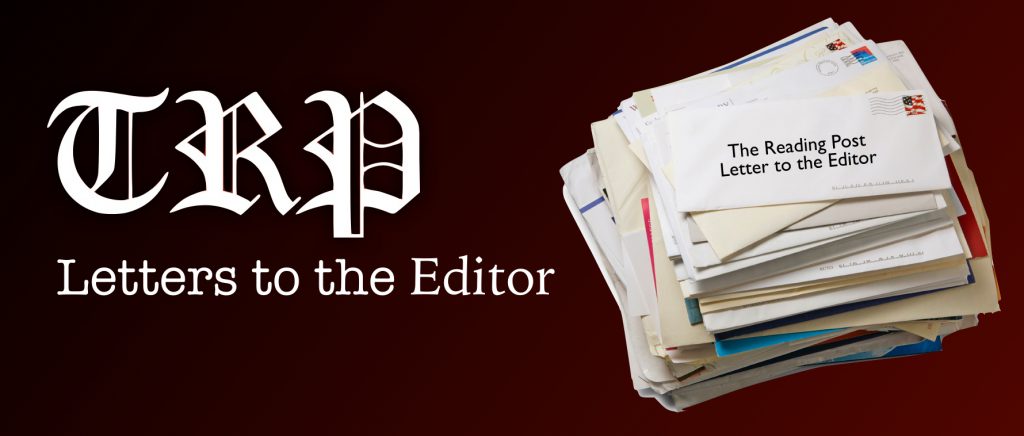
The Reading Post accepts Letters to the Editor. All letters must be signed. The Reading Post reserves the right to edit or not publish any letters received. Letters do not represent the views or opinions of the Post. editor@thereadingpost.com
To the Editor:
Dear Fellow Reading Homeowners:
You’ve probably heard of Proposition 2 1/2, which limits the increase in Reading’s property tax revenue to 2.5% from one year to the next. However, you’ve probably noticed that your property tax bill frequently goes up by more than 2.5%. It has in every year except one going back to 2011.
In fact, the average Reading homeowners’ tax bill has gone up almost 60% since 2011 or about 5% per year. The major reason for this is that residential property values have been going up much faster than commercial property values. Therefore, a greater and greater share of Reading’s property tax revenue has come from homeowners and a smaller and smaller share has come from commercial property owners.
The typical commercial property owners’ tax bill has gone up only 12.6% since 2011 or a little over 1% per year. This inequity between property tax increases for homeowners versus those for commercial property owners has occurred because Reading applies the same or almost the same tax rate to residential and commercial property.
The Select Board can fix the inequity in tax bills by setting a different tax rate for commercial property than for residential property. It has set different tax rates since 2018, but only minimally.
For the current fiscal year 2024 (which started on July 1), if the Select Board does not increase the tax shift, i.e., the difference between the residential and commercial rates, the property tax of a typical homeownerwill go up by 4.2% (up $409) while that of the typical commercial property owner will go down by 5.2% (down $543).
The Select Board could increase the difference between the residential and commercial rates so that all tax bills, residential and commercial, go up by about 3.5%. Or it could expand the difference to keep the increase in homeowners’ tax bills to 2.5% as Proposition 2 ½ originally proposed. In addition, the Select Board could establish a multi-year strategy for adjusting Reading’s property tax rates to keep taxes manageable and equitable.
Many Reading homeowners and especially our seniors are struggling to deal with the aftermath of the Covid pandemic, including high inflation. Reducing the increase in homeowners’ property tax bills would provide some welcome relief and a fairer distribution of Reading’s property tax revenue.
Sincerely,
John Lippitt
Mineral St.



